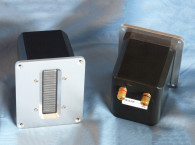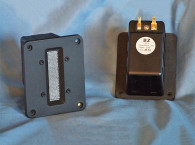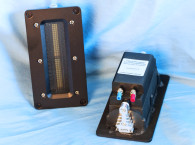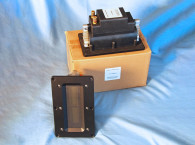The transducer I tested this month was a new high-end ribbon tweeter from Bozhen New Audio Lab, a Shenzhen, China-based company. Bozhen was founded in 1995 as a high-frequency ribbon manufacturer. The device Bohzen sent to Voice Coil, the CQ76 ribbon tweeter, is portrayed in the company literature as a unique (patent number ZL200820128865.6) ribbon tweeter design, which is visually apparent in the accompanying photo.

The CQ in the tweeter’s name is an acronym of Chinese pinyin “Chuan-dao-pian Qu-dong,” which in English means “ribbon loudspeaker based on slice-conducted technology.” Bohzen also makes two other versions of this design: the CQ76-H, a single-ribbon horn-loaded version recommended for high-SPL line-source applications, and the CQ76-2H, a dual-ribbon horn- loaded design.
The CQ76 utilizes a 20-mm × 80-mm pleated aluminum diaphragm (there is also a paper diaphragm version available) making it look like an air-motion transformer without the front-located magnets (see Photo 1). The pleats are each mechanically connected to a section of the voice coil (see Figure 1). The CQ76 is a closed back design and uses a fairly large cavity. Other features for this design include the injection-molded back cavity, a bushed aluminum faceplate, a black mesh screen protecting the diaphragm, and a pair of gold binding posts for terminals.
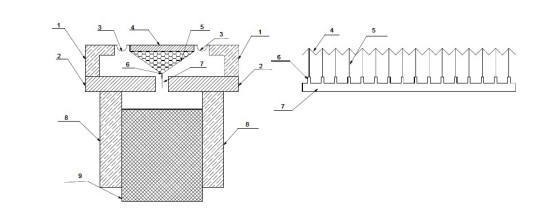

I commenced analysis of the CQ76 by performing a 300-point impedance curve (see Figure 2). Unlike most ribbon devices, this transducer’s impedance features a twin peak suggesting a complex cavity, plus a reactive rise in the impedance above 4 kHz. DCR for the CQ76 measured 3.6 ohm, with a minimum impedance of 4.3 ohm at 3.7 kHz.
Following the impedance measurement, I mounted the CQ76 in an enclosure with a 6” × 12” baffle area. I measured the on- and off-axis SPL with sweeps at 0°, 15°, 30°, and 45° using gated 100-point 2.83-V/1-m sine wave sweeps from 300 Hz to 40 kHz. I took data in the horizontal and vertical planes. Figure 3 shows
the Bohzen CQ76’s on-axis response. The Bohzen CQ76’s frequency response was a smooth and even ±2 dB from 875 Hz to 18 kHz, peaking up to approximately 5 dB at 19 kHz before beginning its
low-pass roll off.
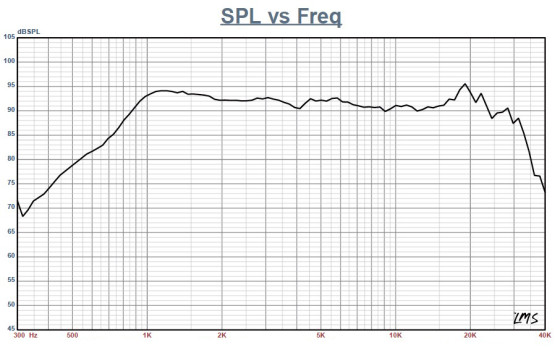
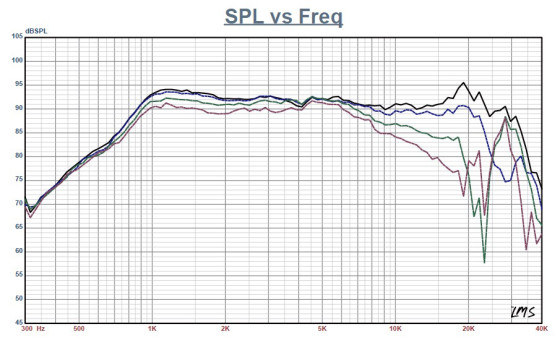
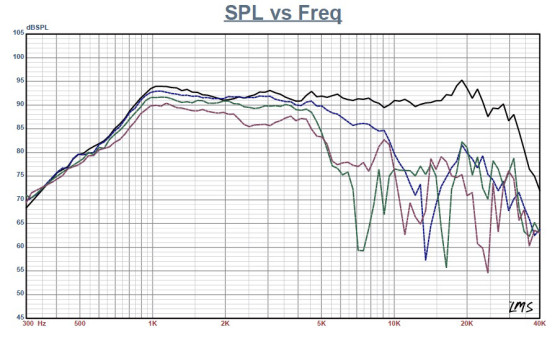
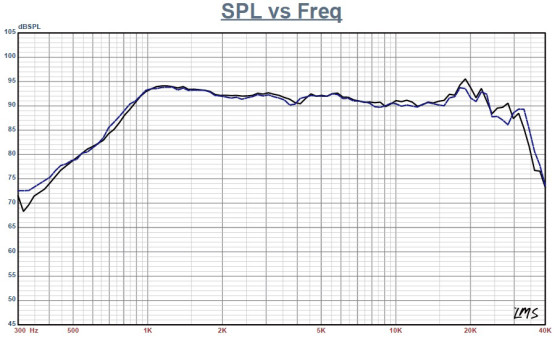
Figure 4 shows the on- and off-axis frequency response in the horizontal plane, which is somewhat like the typical directivity of a 1” dome tweeter. Since the aspect ratio of the CQ76’s aperture is like most ribbons, there is substantial directivity in the vertical plane (see Figure 5). The two-sample SPL comparison is shown in Figure 6, indicating that both CQ76s were closely matched. For the last batch of measurements, I fired up the Listen SoundCheck analyzer with the SCM microphone and SoundConnect preamp/power supply. I used the built in pink noise generator and SLM utilities to set the SPL to 94 dB/1 m (0.59 V). Next, I relocated the 0.25” SCM microphone to 10 cm from the Bohzen CQ76’s faceplate and received the distortion curves shown in Figure 7. Note that the stimulus was limited to 1 kHz as its lowest frequency.
For the final measurement on the Bohzen New Audio Lab ribbon tweeter, I performed an impulse measurement, then imported the data into the Listen SoundMap software, windowed out the room reflections, and created the CSD shown in Figure 8. The STFT is shown in Figure 9.
www.bzspeakers.com



This article was originally published in Voice Coil, April 2013.




